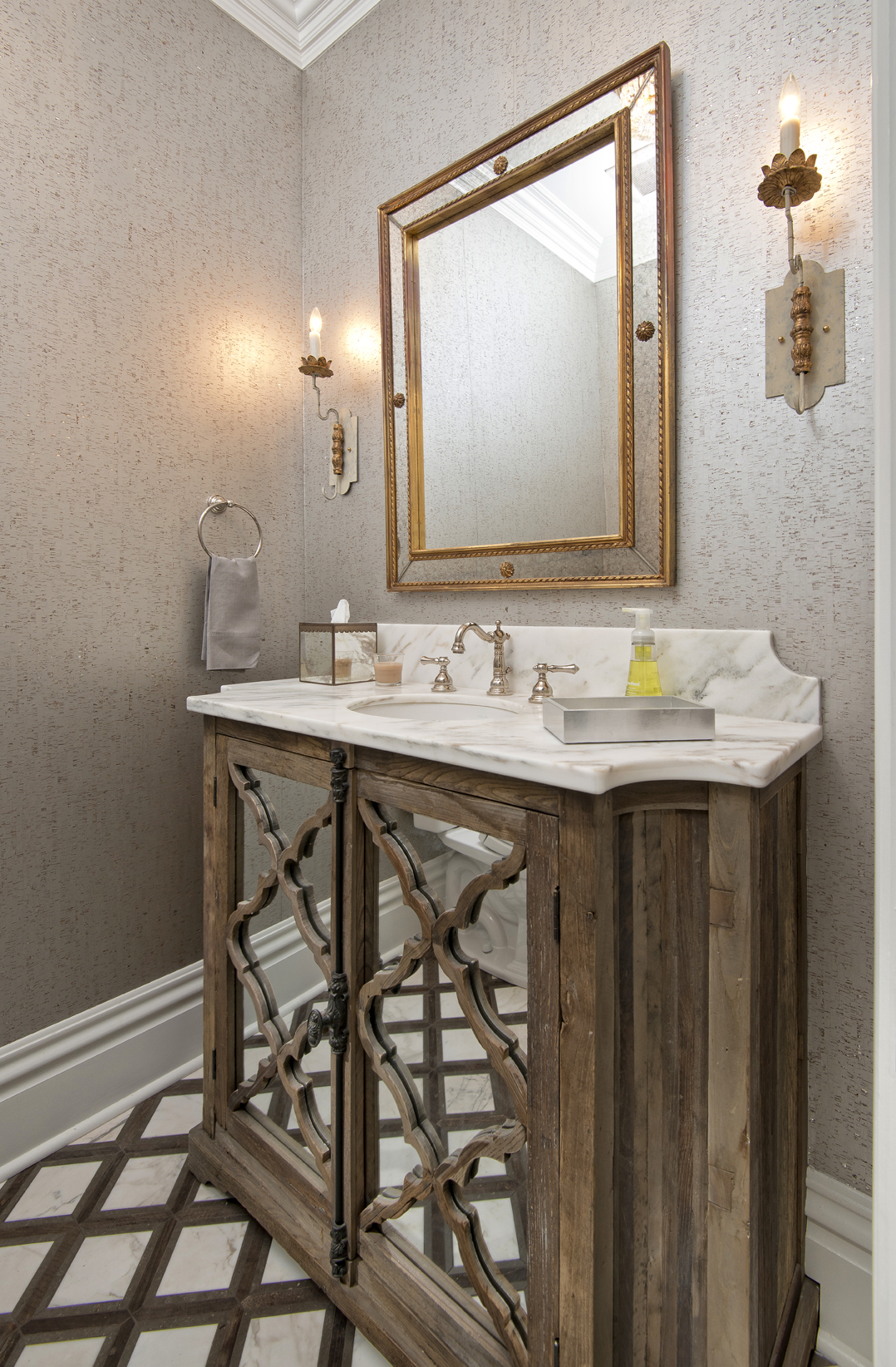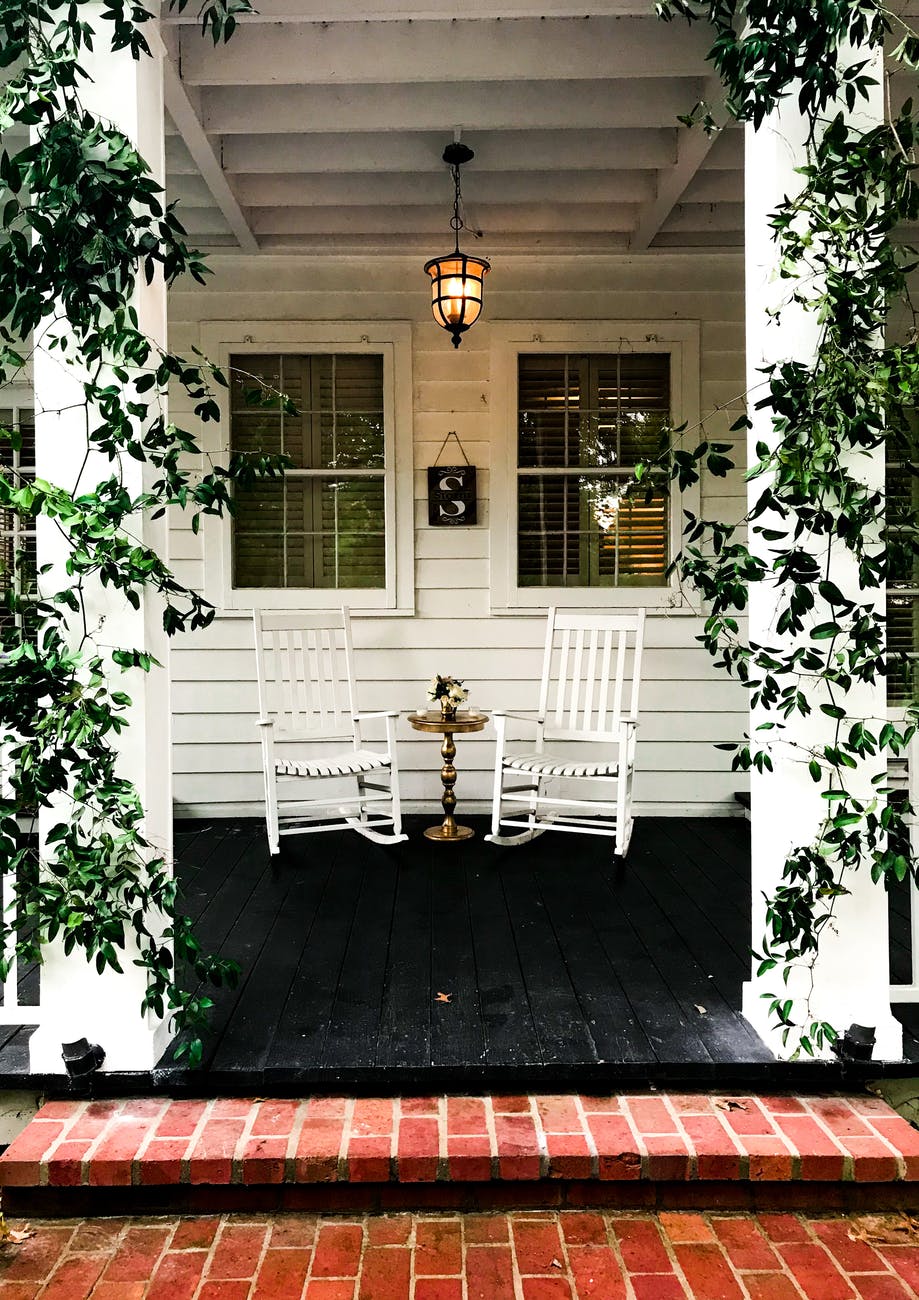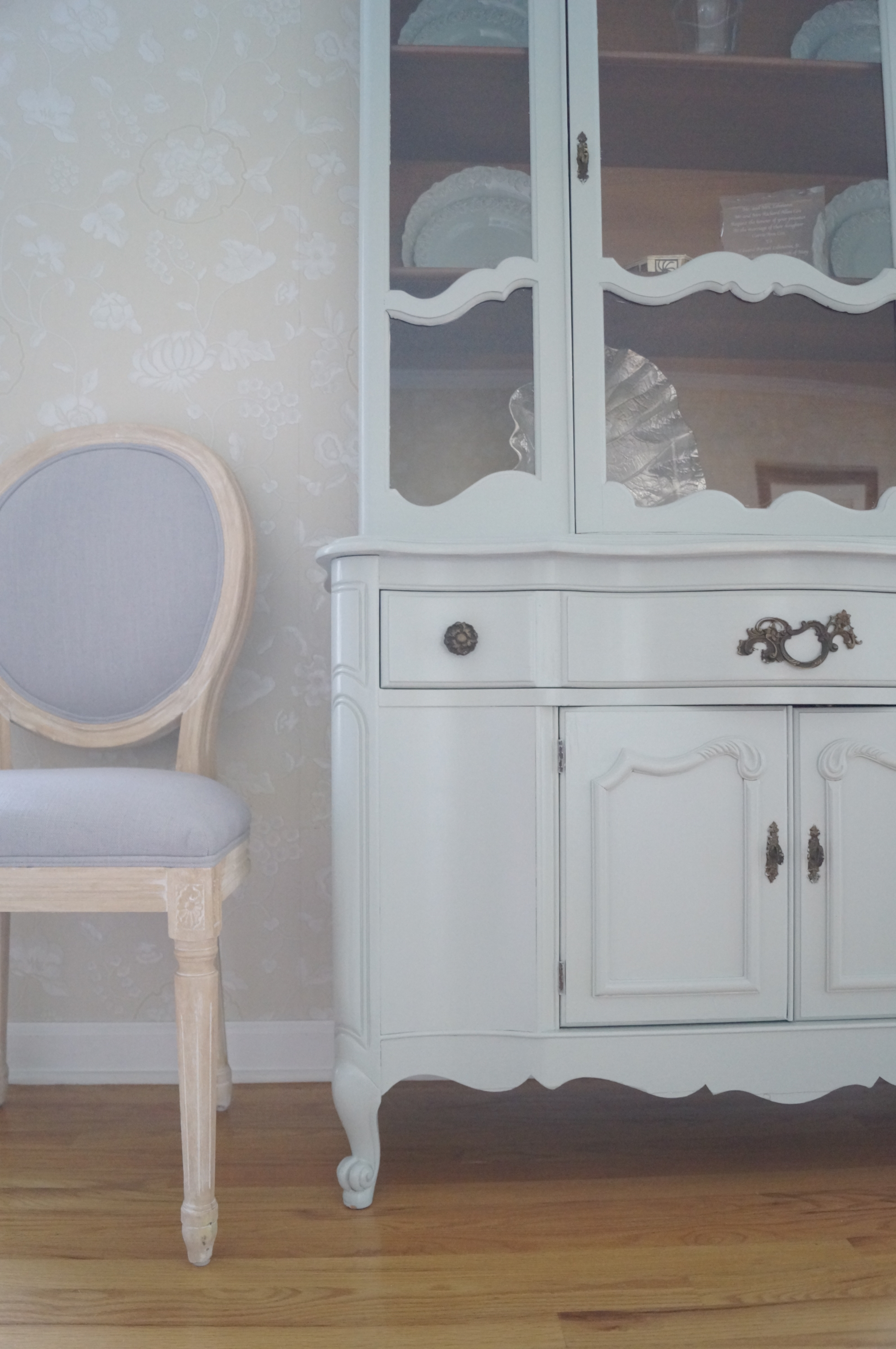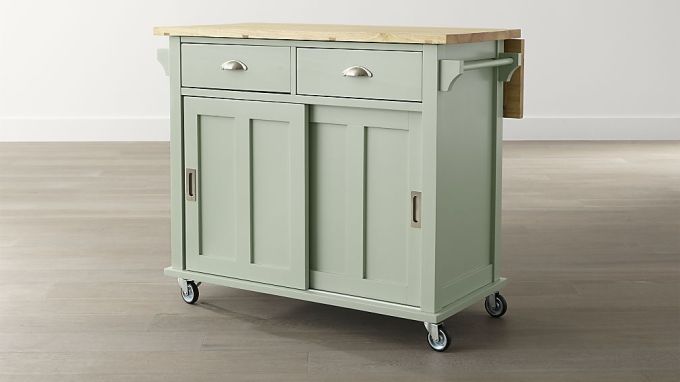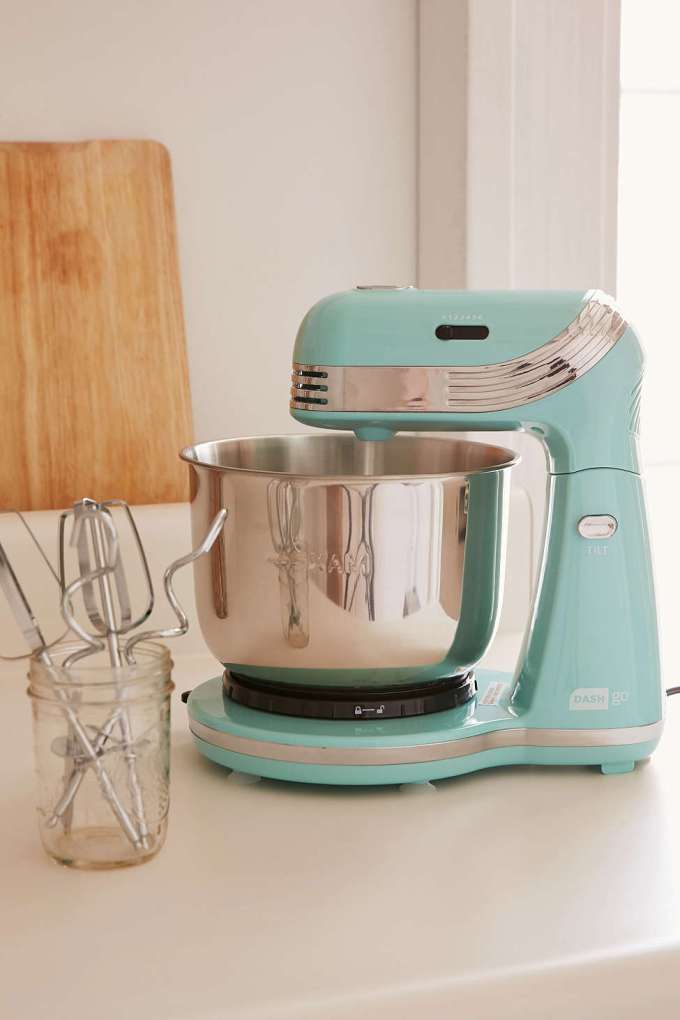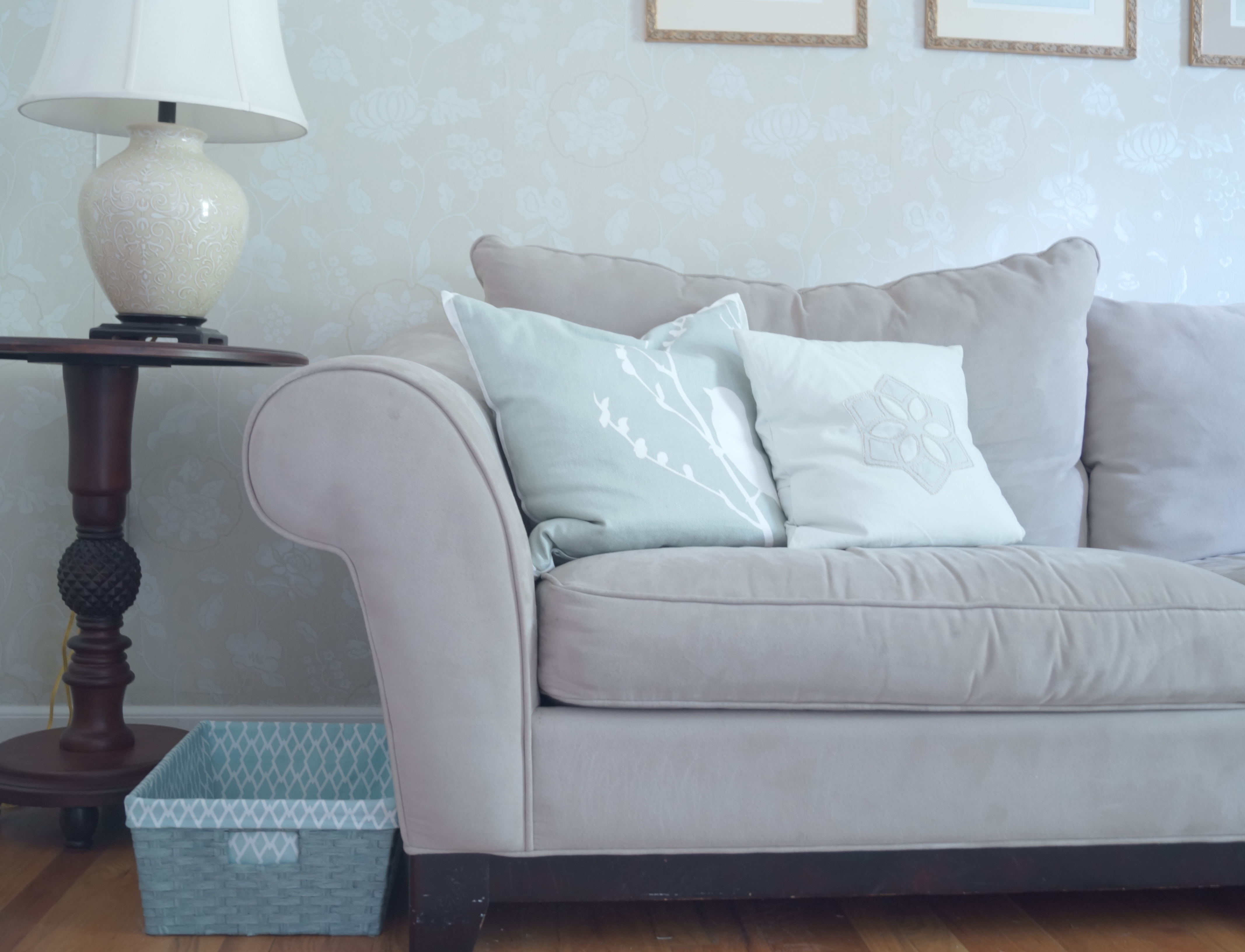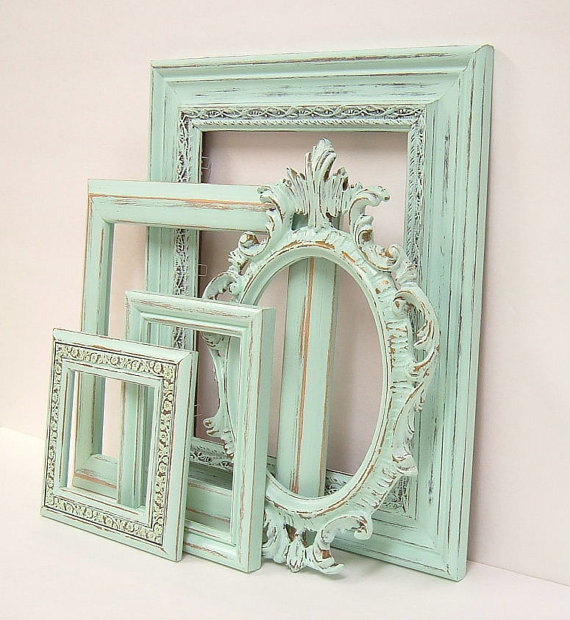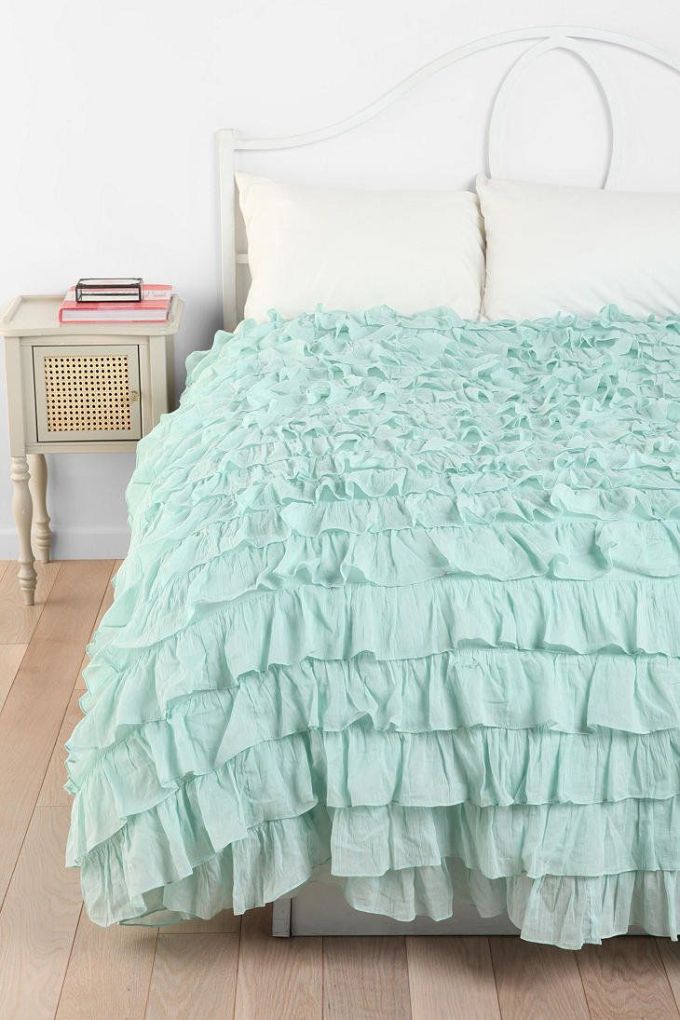When contacted by a potential client, I mention my complimentary initial consultation as a first step. It’s a great way for the client and myself to meet, get to know each other a bit, discuss the scope of the project that the client has in mind, and talk about desired results. Potential clients often wonder what we’ll talk about or accomplish during that first meeting, so here’s an overview of what you can expect from an initial consultation:
We’ll meet at your home or office so that I can see the spaces and rooms that you’d like to update or change. This meeting usually lasts for about one hour.
We’ll discuss your thoughts and ideas, and your likes and dislikes. Starting a folder of things that appeal to you is a great idea when thinking about a project.
We’ll discuss possibilities without going into specifics. Specific solutions and recommendations usually aren’t feasible this early in the game!
If needed, we’ll discuss finding and hiring the right contractor. I prefer that clients interview contractors themselves, for the best possible match and fit. Asking friends, family or neighbors for recommendations can be invaluable. A comfortable relationship with your contractor will be key.
We’ll discuss your budget. Clients often want to hold off on discussing budget, but it gives designers an excellent framework for setting realistic project expectations. If you have no idea what your budget is, we’ll tackle that too!
We’ll discuss compensation and how we’ll work together – on an hourly basis or an overall fee basis, plus offering the advantage of designer trade discounts.
We’ll discuss my typical contract and terms for working together.
We’ll discuss your time frame and when you’d like to begin the project and complete the project. And then hopefully embark on a fun and rewarding project together!
On very rare occasions, I’ll meet with new clients to provide specs and suggestions right away. For example, I once worked with new clients who had a painter on site, but who were indecisive about selecting paint colors. Time was of the essence in terms of providing color specs to the painter. I agreed to meet with the clients for a set fee, and then met with them to look at paint color samples and make selections. It worked out well for everyone. On another occasion, I met with a new client who had worked with a kitchen designer and had all of the basic design elements in place, but wanted confirmation and reassurance that her choices would all work together and would be smart choices. Again, we agreed upon a fee and I met with her to review her kitchen design selections, make some recommendations, and help her move ahead with the project. That approach worked out very well too, with a happy client and nice results.

My initial consultation is a complimentary service that has proven to be a great start for projects, time and time again.
http://www.cl-interiors.com or contact me at (703) 209-3750





















